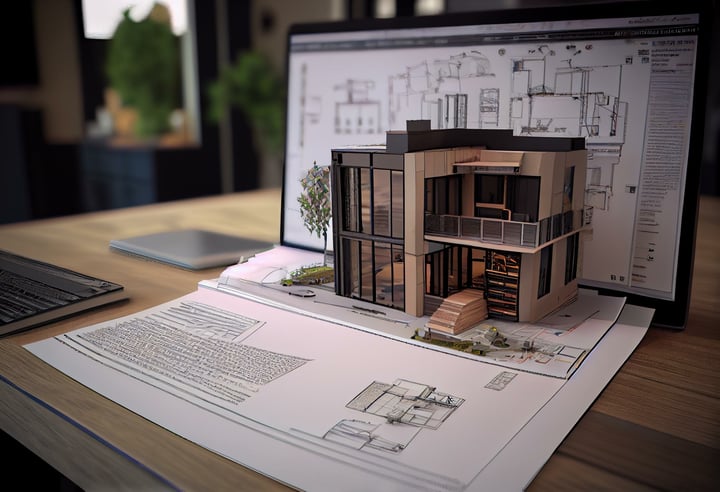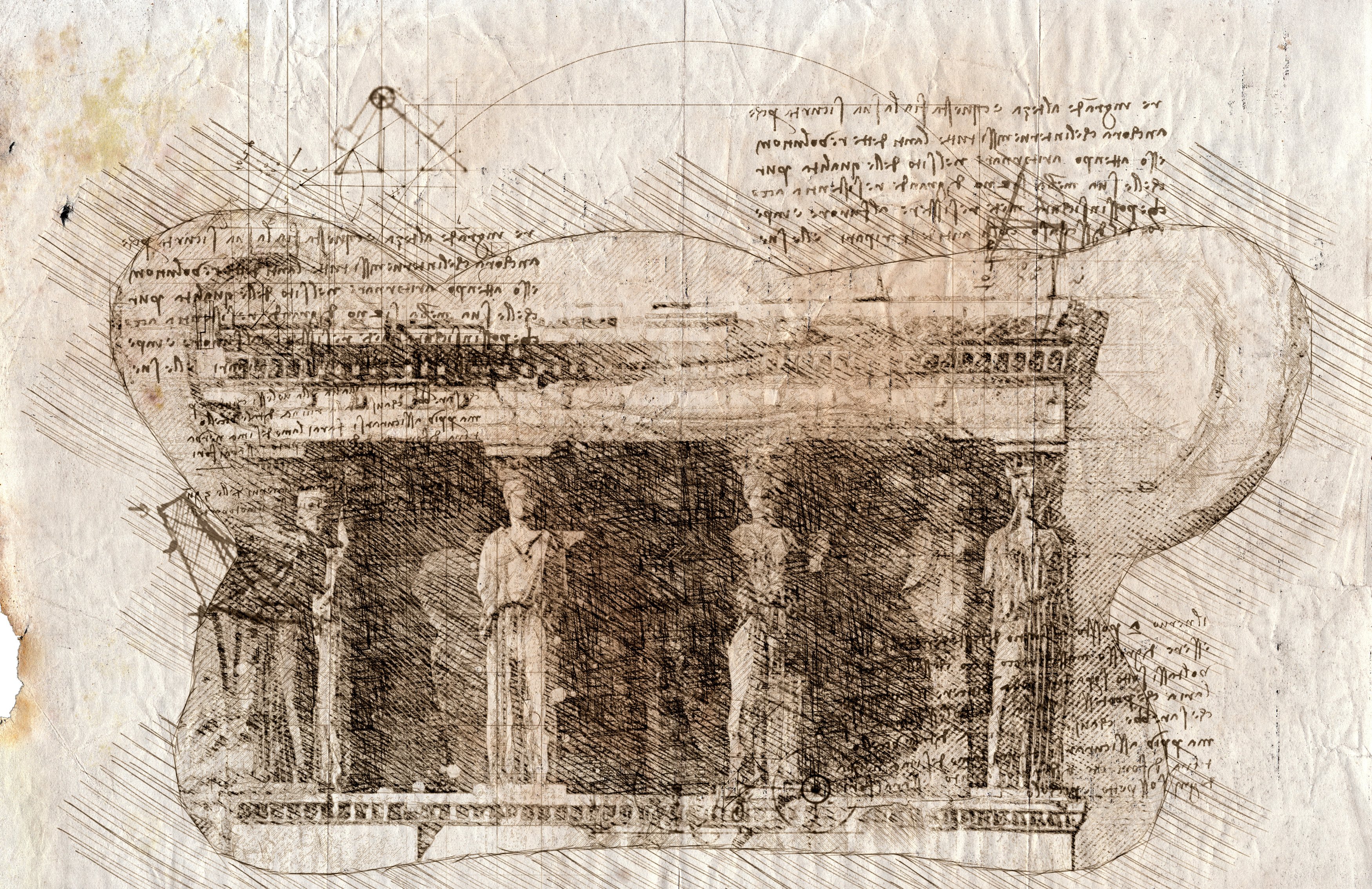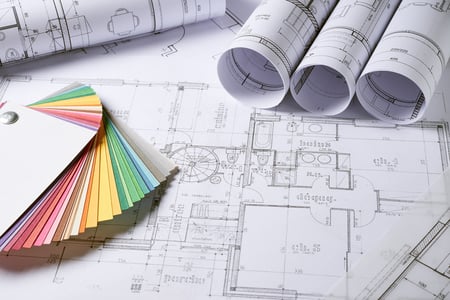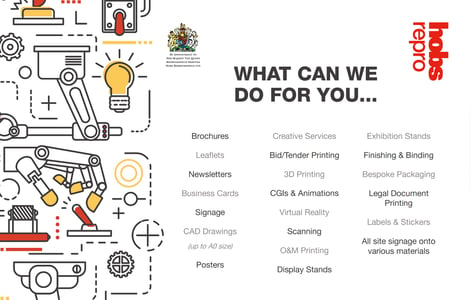Blueprints Brought to Life: Why Printing Architecture Drawings Matters
19 June 2023

Architecture has always been a visual art form that marries creativity with precision. The process of bringing architectural designs to life involves a meticulous representation of plans, elevations, and details. While the digital age has revolutionised many industries, the importance of printing architecture drawings remains steadfast. In this article, we delve into the significance of printing architectural drawings, exploring their historical roots and the vital role they play in the construction industry today.
So, why is printing architecture drawings so important?
A Historical Perspective
The use of architectural drawings can be traced back thousands of years, with ancient civilizations such as the Egyptians and Greeks employing rudimentary techniques to communicate their design ideas. Over time, architectural drawings evolved to become more sophisticated and precise. The Renaissance period witnessed a remarkable advancement in architectural representation, with renowned architects like Leonardo da Vinci and Andrea Palladio creating detailed drawings that demonstrated their vision and engineering prowess.

The Emergence of Architectural Printing
The advent of printing technology revolutionised architectural practices in the 19th century. Architects began utilising lithography and other printing techniques to reproduce their drawings on a larger scale, allowing for easier distribution and collaboration. The ability to print multiple copies of architectural drawings facilitated communication between architects, builders, and clients, enabling more accurate implementation of design concepts.
The Importance of Printing Architecture Drawings Today
1. Clear Communication and Collaboration
Printing architectural drawings ensures clear communication between all stakeholders involved in a construction project. The physical presence of printed drawings facilitates face-to-face discussions, enabling architects to articulate their ideas effectively. Builders, contractors, and engineers can easily refer to the printed plans, elevations, and sections, reducing the chances of misinterpretation and minimising errors during construction.
2. Visualising the Design Intent
Printed architectural drawings serve as tangible representations of design intent. They allow architects and clients to see the project in its entirety, comprehending the spatial relationships, proportions, and material selections more effectively. The ability to hold and study printed drawings enhances the visual experience, providing a deeper understanding of the proposed design before any ground is broken.
3. Assessment of Design Details
Architectural printing services facilitate the reproduction of intricate details and annotations that might be lost or difficult to perceive in digital formats. Printed drawings allow architects to highlight specific elements, showcase fine details, and annotate critical information with precision. This level of clarity enables builders and contractors to execute complex design features accurately.
4. On-Site Reference and Convenience
Printed architectural drawings serve as invaluable on-site references during the construction phase. Unlike digital files that may require technology, printed drawings are readily available, allowing quick access to essential information. Architects, contractors, and project managers can mark up drawings, make notes, and refer to specific sections directly on the paper, streamlining decision-making processes and ensuring smooth construction progress.
5. Aesthetics and Presentation
Printed architectural drawings play a significant role in presentations and client interactions. Physical copies provide a tactile and visually appealing experience that digital presentations may not replicate. Printed drawings can be presented in large formats, showcasing intricate details and captivating clients with the beauty and artistry of the proposed design.
Need architecture drawings printed? We're here for you!
In the ever-evolving world of architecture, the importance of printing architectural drawings remains undeniable. The historical significance of these drawings, combined with the advantages they offer in terms of communication, visualisation, and convenience, solidify their role in the construction industry.
Architectural printing services, such as professional architectural printers, continue to provide architects, builders, and clients with an invaluable tool to bring design concepts to life. As technology advances, the marriage of digital tools with traditional printed drawings further strengthens the impact and efficiency of architectural practices, ensuring that blueprints are indeed brought to life.
If you need help with your architecture drawings being printed, Plan Printing 24 are here for you - contact us today!



